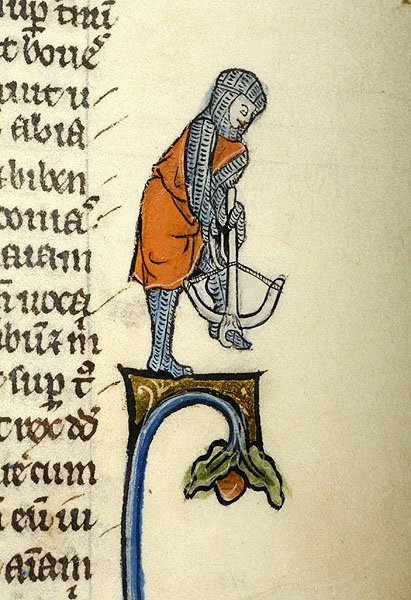
The tradition of making large-format books did not stop in the Middle Ages, but continued straight through to the Renaissance, as scribes and printers opted to make even bigger, and more impressive copies than before. In most cases, it is likely a combination of these factors that motivated some bookmakers to create gigantic manuscript volumes. Indeed, the collective reading of large-format books stationed on lecterns has been recorded in a number of medieval illuminations and paintings, such as the image below (though these singers look like they might be engaging in a pub sing-a-long, rather than performing the psalms…):

These works often presented cultural themes in the form of timeless stories about courage, love, and virtue, all completed in brilliant and vibrant miniature compositions. Others have provided more pragmatic reasoning, suggesting that these books were designed big in order to rest on a lectern for public reading - their large size making it easier for readers in a church to see the page. Islamic medieval illuminated manuscript paintings are masterpieces of art that were produced from Persian, Ottoman, and Mughal traditions.

Because large-format manuscripts often contain the Word of God, it is very possible that some bookmakers wished to reflect the importance of the text with a suitably impressive material format. Alternatively (or perhaps additionally), some have suggested that these books were meant to reflect the power and prestige of the donors who paid for their commission - a wealthy bishop or nobleman perhaps, who wished to memorialize his name in the production of a massive and showy pandect. There are a number of potential explanations on offer. In the first place, size tends to reflect importance. (More about this digitization project can be found here.)īut why, exactly, were these books made so large? Rylands Arabic MS 42, Manchester University, John Rylands Libraryīecause the manuscript has been deemed too fragile to be put on display, the John Rylands Library has opted to photograph the book and make it available for study via their digital collections.


 0 kommentar(er)
0 kommentar(er)
